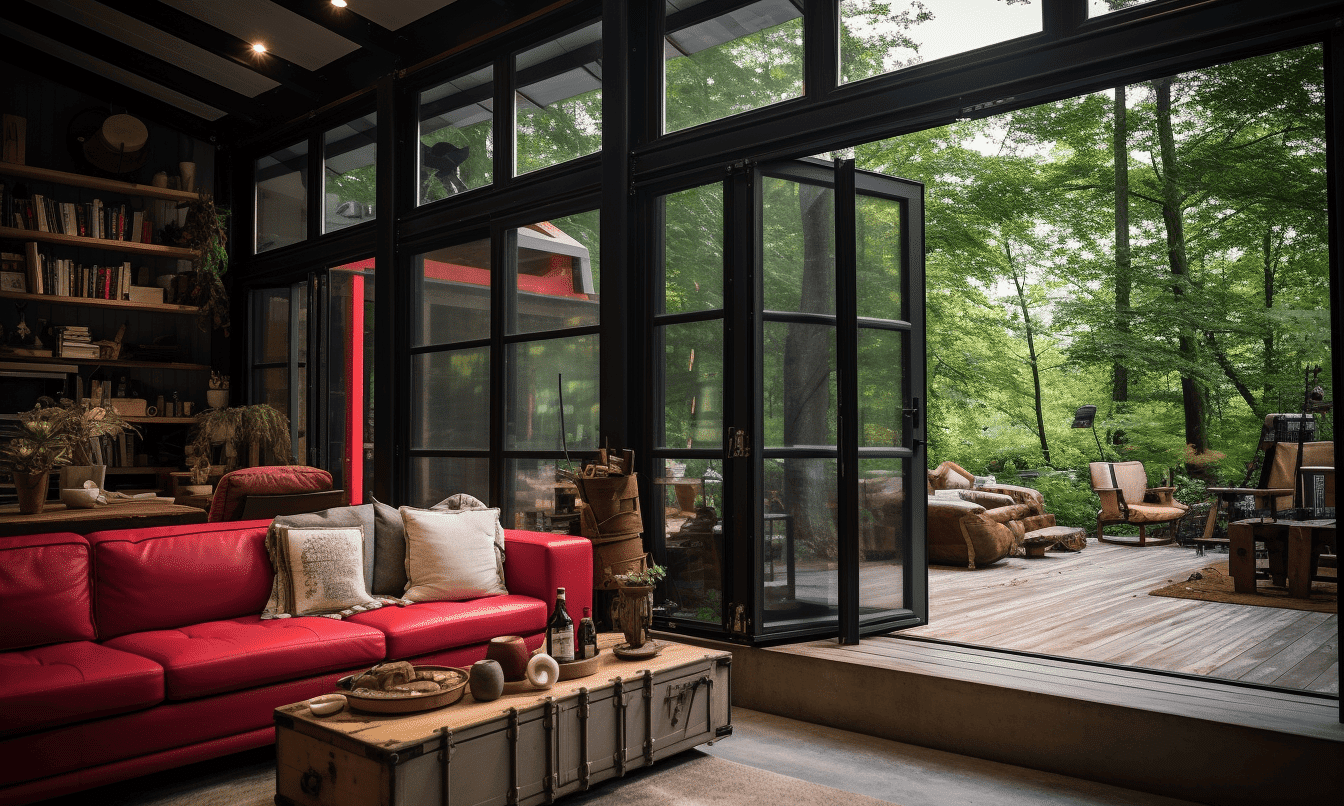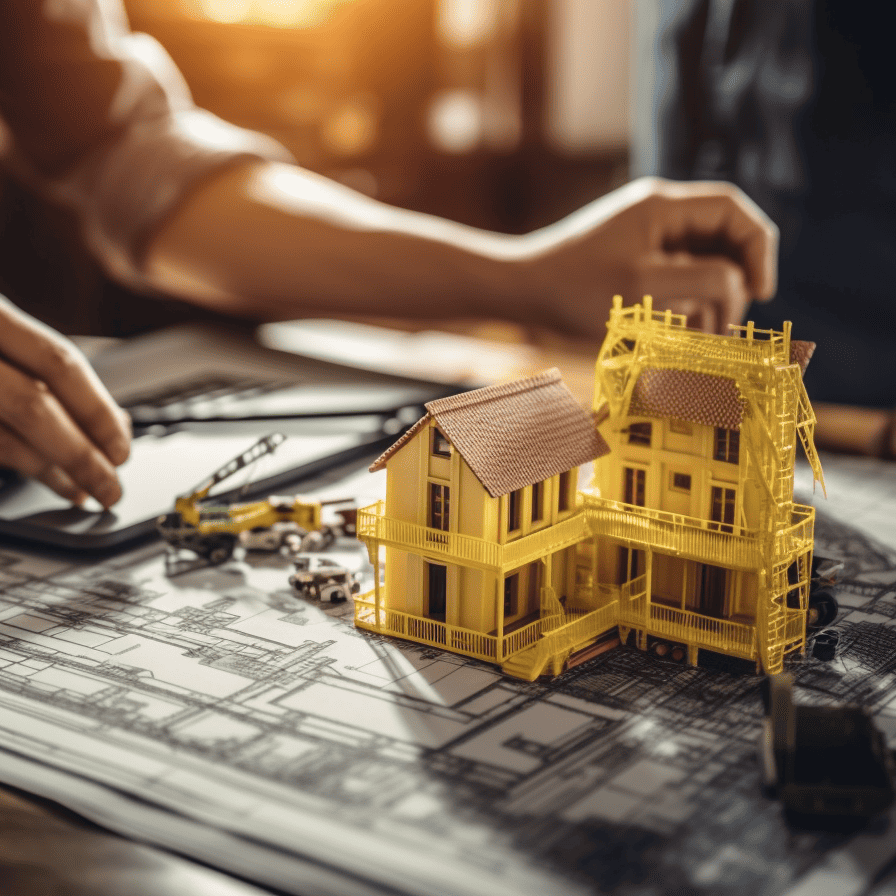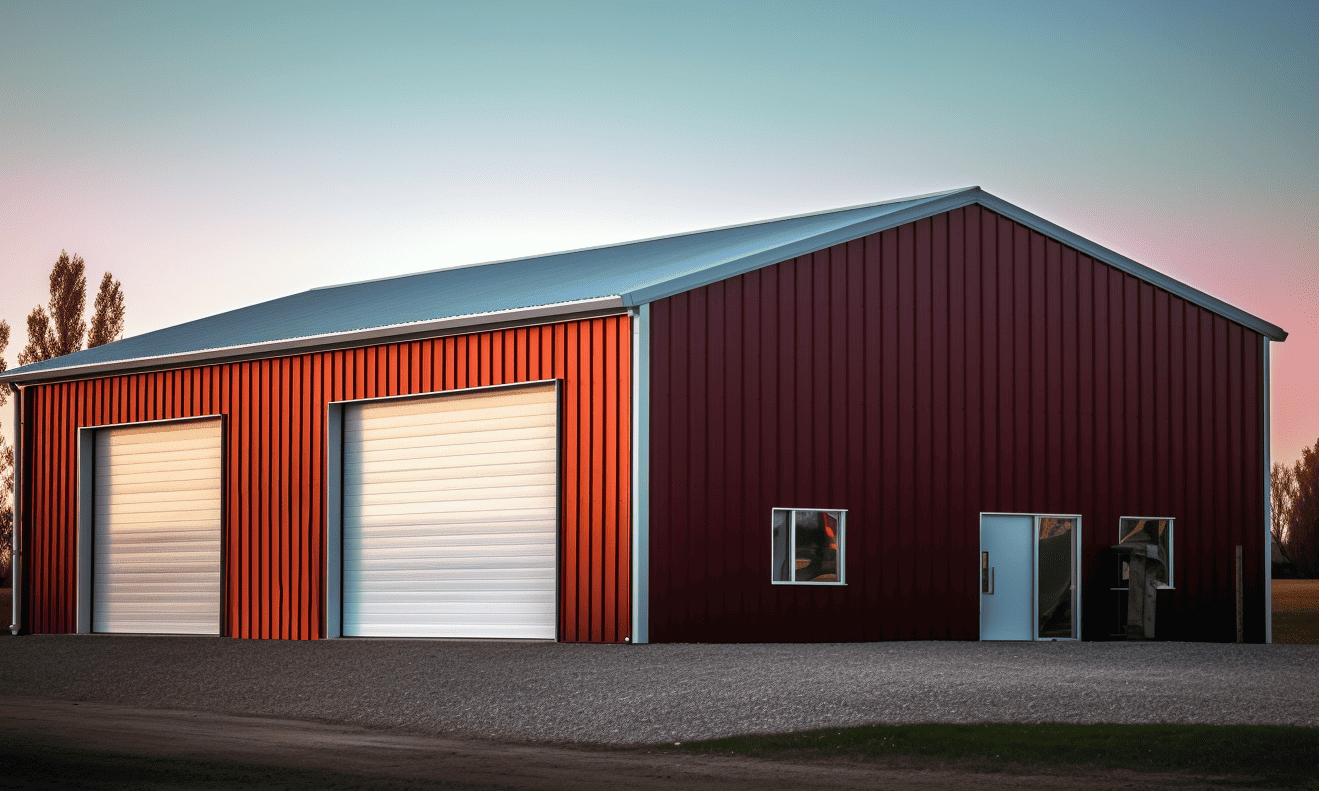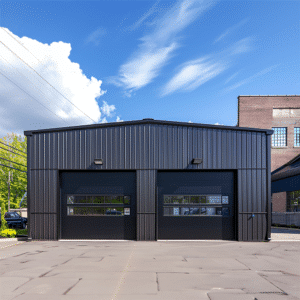When starting the exciting journey of building your own home, one of the critical first steps is understanding your home construction budget. This pivotal factor will guide you in transforming blueprints into a tangible, functional living space. But where to begin? How do you break down this seemingly daunting task into manageable pieces? Think of your home construction budget as a roadmap—it charts the path to your dream home while keeping your finances in check.
To uncover these insights, we’ll delve into how each element of the construction process comes into play, ensuring you’re well-prepared to turn your residential aspirations into reality.
Understanding the Essentials of a Home Construction Budget
Imagine diving into deep waters without learning how to swim first. That’s what embarking on a home construction project without a sound budget plan feels like. A home construction budget offers a structured approach to anticipate costs and align expenses with your financial capabilities. It’s about striking a balance—ensuring a comprehensive understanding of where your money is going and why.
Construction budgeting is more than just saving money for materials. It encompasses everything from labor costs and permits to unexpected expenses that may arise throughout the project. According to the Canada Mortgage and Housing Corporation – Home Construction Budget Breakdown, it’s imperative to think ahead about these elements to avoid financial strain.
Breaking Down the Costs: A Closer Look
Begin the process by reviewing each element of the construction phase. Here’s what to consider:
Pre-Construction Expenses
Before any ground is broken, several costs need addressing. These typically include:
– **Land Costs:** Purchasing the plot itself, along with any necessary land surveys.
– **Design and Planning Fees:** Working with architects or designers to create plans and blueprints can be a significant initial cost.
– **Permits and Approvals:** Various permits are mandatory, and fees can add up quickly.
Each of these components contributes to determining overall estimates, providing a clearer financial picture early on.
Hard Costs (The Tangible Elements)
These expenses are tied directly to the physical creation of your home. Hard costs generally include:
– **Foundation Work:** This involves excavation, laying the foundation, and structural development.
– **Framing:** The skeletal framework of your home, accounting for a substantial portion of the budget.
– **Materials:** Everything from wood to steel, insulation to fixtures are critical parts. Given the rising popularity of durable, flexible construction options like industrial steel buildings Ontario, incorporating modern materials can be both economical and sustainable.
Soft Costs (The Behind-the-Scenes Investment)
While less visible, soft costs are equally vital. This category encompasses:
– **Labor Costs:** Paying skilled professionals such as builders, electricians, plumbers, and HVAC technicians.
– **Insurance:** Both project and construction liability insurance to safeguard your investment.
– **Contingency Fees:** A reserve of around 10-15% of the total budget is advisable for unforeseen expenditures.
Strategic Steps for Efficient Budget Planning
Creating a budget should not be thought of as mere penny-pinching—it’s a strategic exercise. Think of it as laying the foundation for your financial journey, one brick at a time. Through this meticulous process, you’ll gain actionable insights, steering clear of unnecessary detours.
1. Gain Comprehensive Insights and Make Informed Choices
Research extensively on local construction costs. This can include talking to previous clients, consulting with experts, or exploring resources on Residential Construction. The cost of labor and materials can significantly differ by region, which directly influences your budgeting process.
2. Consider the Construction Timeline
Time is indeed money when it comes to construction. Prolonged timelines may lead to escalated costs related to labor, equipment rentals, and temporary housing. Implementing a solid timeline management plan keeps your project on track and within budget.
3. Sustainable Decision-Making
Explore energy-efficient alternatives and sustainable materials that can provide long-term savings. Metal and prefab structures are among recommended choices, as evidenced by high-quality 

Adapting and Adjusting as Necessary
No project is without its hiccups, so building adaptability into your budgeting process is crucial. Flexibility does not mean a free-for-all with finances but rather preparing for contingencies. Consult resources like construction budgeting to build skills in managing unexpected challenges without derailing your plan.
Lessons from the Field: Real-Life Budgeting Tips
Some homeowners often find themselves facing unexpected costs due to poor budgeting. Consider these frequent pitfalls and learn from them:
– **Underestimating Minor Costs:** Things like landscaping or interior decor can add substantial expense if not anticipated.
– **Failing to Account for Inflation:** Ensure your budget reflects potential changes in the cost of goods and services over time.
Using such insights, professionals have effectively managed financial thresholds, enabling smoother project execution.
Conclusion: Constructing Your Dream Within Financial Means
Constructing a new home is an exhilarating quest of turning vision into reality. Through disciplined planning and a robust home renovation budgeting approach, you can walk the tightrope between expense and excellence with confidence.
Your home construction budget serves as an anchor, ensuring every decision aligns with overarching financial goals. Remember, in every steel beam and paint stroke lies the story of your thoughtfully crafted sanctuary. As long as you trust the process, embrace learning curves, and maintain clarity—as you would as you pour the first concrete foundation—your dream home remains only a step away, cemented in both your heart and future reality.










